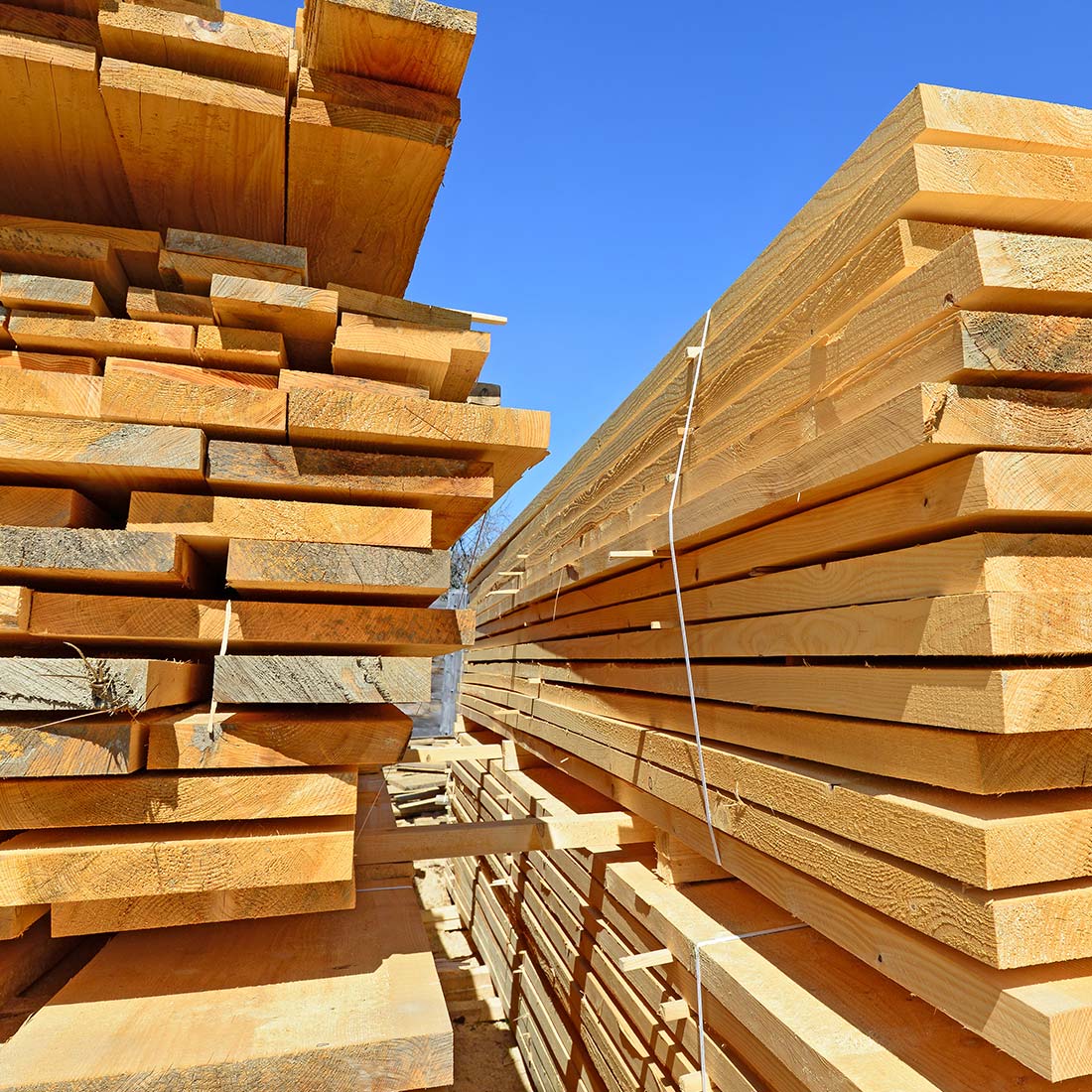Rugby lumber, the foundation of the sport, stands as a testament to strength and resilience. From the towering goalposts to the sturdy posts that mark the boundaries, this specialized wood plays a crucial role in shaping the game’s physicality and strategic nuances.
Join us as we delve into the fascinating world of rugby lumber, exploring its history, manufacturing process, performance characteristics, and the innovations that are pushing the boundaries of this essential component.
Introduction
Rugby lumber is a term used to describe the wooden posts used to construct the goalposts in the sport of rugby union and rugby league. These posts are an essential part of the game, as they define the area in which tries can be scored.
Rugby lumber is typically made from hardwood trees, such as oak, ash, or beech. These woods are chosen for their strength and durability, as they must be able to withstand the impact of the ball and the weight of the crossbar.
Types of Wood Used for Rugby Lumber
The most common type of wood used for rugby lumber is oak. Oak is a strong and durable wood that is resistant to rot and decay. It is also a relatively heavy wood, which helps to keep the goalposts stable.
Ash is another popular choice for rugby lumber. Ash is a strong and flexible wood that is less likely to split than oak. It is also a lighter wood than oak, which makes it easier to transport and assemble.
Beech is a third type of wood that is sometimes used for rugby lumber. Beech is a strong and hard wood that is resistant to wear and tear. It is also a relatively inexpensive wood, which makes it a good option for budget-conscious teams.
Manufacturing Process

The manufacturing process of rugby lumber involves several meticulous steps to ensure the production of high-quality lumber specifically designed for rugby posts.
The journey begins with the careful selection of suitable hardwood, typically sourced from sustainable forests. The wood is then subjected to a rigorous cutting process, employing specialized machinery to achieve precise dimensions and shapes. Once cut, the lumber undergoes a shaping stage, where it is meticulously crafted into the distinctive oval or round profile characteristic of rugby posts.
Finishing
The final stage of the manufacturing process focuses on finishing the lumber. This involves sanding the surface to achieve a smooth and uniform texture, followed by the application of protective coatings. These coatings not only enhance the aesthetic appeal of the lumber but also provide resistance against weathering and moisture, ensuring its durability in outdoor environments.
Performance Characteristics: Rugby Lumber

Rugby lumber is renowned for its exceptional performance characteristics, including strength, durability, and flexibility. These attributes are crucial in ensuring the safety and enjoyment of the sport.The strength of rugby lumber allows it to withstand the immense forces exerted during gameplay.
It can endure the impact of tackles, scrums, and mauls without breaking or splintering, providing a solid foundation for players to engage in physical contests.Moreover, rugby lumber is highly durable, resisting wear and tear over time. Its ability to withstand repeated impacts and harsh weather conditions ensures longevity and cost-effectiveness.
This durability reduces the need for frequent replacements, minimizing disruptions to gameplay and maintenance costs.Flexibility is another key characteristic of rugby lumber. It can bend and absorb shock without losing its structural integrity. This flexibility allows players to tackle safely, reducing the risk of injuries.
It also enhances the ball’s trajectory and bounce, contributing to the unpredictable and exciting nature of the sport.
Strength
Rugby lumber’s strength is attributed to its high density and fiber composition. The dense wood provides exceptional resistance to bending, crushing, and impact. Its fibers are tightly interwoven, creating a robust structure that can withstand the demands of the game.
Durability
The durability of rugby lumber stems from its resistance to rot, decay, and moisture absorption. The wood is treated with preservatives to enhance its resistance to biological degradation, ensuring longevity even in harsh environments. Its low moisture absorption rate prevents warping or cracking, maintaining its structural integrity over time.
Flexibility
Rugby lumber’s flexibility is due to its inherent elasticity and shock-absorbing properties. The wood can bend and absorb impact forces without breaking, reducing the risk of player injuries. This flexibility also allows for more dynamic and unpredictable gameplay, adding to the excitement of the sport.
Regulation and Standards

The use of rugby lumber is governed by strict regulations and standards to ensure fair play and player safety. These regulations are set by the International Rugby Board (IRB) and are enforced by referees during matches.
One of the most important regulations is that the lumber must be made of a natural material, such as wood or bamboo. This is to prevent players from being injured by sharp or broken pieces of metal or plastic.
Size and Weight
The lumber must also be of a certain size and weight. The maximum length is 120 cm, and the maximum weight is 1 kg. This is to ensure that the lumber is not too heavy or unwieldy for players to use.
Shape and Design
The shape and design of the lumber are also regulated. The lumber must have a smooth, rounded surface, and it must not have any sharp edges or protrusions. This is to prevent players from being cut or bruised by the lumber.
Importance of Regulations
These regulations are essential for ensuring the safety of players and the fairness of the game. They help to prevent injuries and ensure that all players have an equal chance of winning.
Innovation and Advancements
Rugby lumber has witnessed significant advancements in design and manufacturing, driven by the pursuit of enhanced performance and safety. These innovations encompass material advancements, technological integrations, and ergonomic optimizations.
Material Innovations
Composite materials, such as carbon fiber and fiberglass, have revolutionized rugby lumber construction. These materials offer superior strength-to-weight ratios, providing players with lighter and more powerful lumber without compromising durability. Additionally, advanced alloys, like titanium and aluminum, are being utilized to create stronger and more responsive lumber.
Technological Integrations
Smart technology is being integrated into rugby lumber to enhance player performance and safety. Sensors embedded within the lumber can monitor impact forces, providing real-time data on player collisions and potential head injuries. This information aids coaches and medical staff in making informed decisions regarding player safety and recovery.
Ergonomic Optimizations
Ergonomic considerations have played a vital role in the design of rugby lumber. Contoured handles and adjustable straps ensure a secure and comfortable grip, reducing fatigue and improving handling. Advanced shock-absorbing materials are incorporated into the lumber to mitigate impact forces and minimize player discomfort.These
advancements in rugby lumber are not only improving the performance and safety of the sport but also paving the way for future innovations that will continue to push the boundaries of this dynamic game.
Sustainable Practices
Rugby lumber production and use have an environmental impact that needs to be addressed. Sustainable practices can be implemented to minimize this impact.One of the main environmental impacts of rugby lumber is deforestation. Rugby lumber is made from trees, which are a renewable resource.
However, if trees are harvested faster than they can regenerate, it can lead to deforestation. Deforestation can have a number of negative consequences, including soil erosion, loss of biodiversity, and climate change.Another environmental impact of rugby lumber is the use of chemicals.
Rugby lumber is often treated with chemicals to protect it from rot and insects. These chemicals can be harmful to the environment and to human health.There are a number of sustainable practices that can be implemented to minimize the environmental impact of rugby lumber production and use.
These practices include:
Using sustainable forestry practices
Sustainable forestry practices can help to ensure that trees are harvested in a way that minimizes deforestation. These practices include planting new trees to replace those that are harvested, and using selective logging techniques to avoid clear-cutting.
Using recycled rugby lumber
Recycled rugby lumber is a great way to reduce the environmental impact of rugby lumber production. Recycled rugby lumber is made from old rugby lumber that has been reprocessed into new lumber. This process saves energy and resources, and it helps to reduce the amount of waste that is sent to landfills.
Using alternative materials
There are a number of alternative materials that can be used in place of rugby lumber. These materials include bamboo, recycled plastic, and metal. These materials are often more sustainable than rugby lumber, and they can help to reduce the environmental impact of rugby lumber production and use.
Conclusion
Rugby lumber, more than just a material, embodies the spirit of the game itself. Its strength and flexibility mirror the determination and agility of the players who rely on it. As the sport continues to evolve, so too will the role of rugby lumber, ensuring that this essential element remains an integral part of the game’s rich tapestry.
Popular Questions
What types of wood are commonly used for rugby lumber?
Ash, oak, and iroko are popular choices due to their strength, durability, and resistance to rot.
How is rugby lumber shaped and finished?
The lumber is cut, shaped, and sanded to precise specifications, then coated with protective finishes to withstand the rigors of the game.
What regulations govern the use of rugby lumber?
World Rugby sets strict standards for the dimensions, strength, and safety of rugby lumber used in official matches.